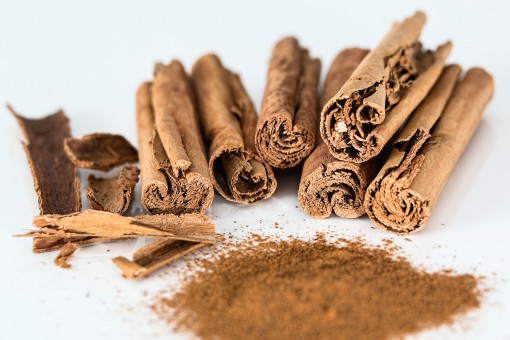
Antibiotics are under heat nowadays with many health professionals warning people to stay away. This is because antibiotics are becoming increasingly less effective against bacteria. Although, the search for a new antibiotic is on.
What was once a lifesaving medication is now causing problems when it comes to healing even common illnesses. To fight this problem, scientists have been looking into the antibiotic alternatives. As a result, some are turning to natural substances like cinnamon in their research.
According to Medical News Today, one research team decided to test a concentrated form of cinnamon called cinnamaldehyde (or CAD).
However, because the researchers were aiming for an antibiotic alternative, they needed to make sure this test would work against tough infections.
To do so, the researchers tested CAD, the new antibiotic, against a gritty congregation of bacteria known as biofilms.
The Search for a New Antibiotic to Kill Biofilms
Biofilms are bacteria that live together by forming a sticky substance and attaching themselves to various surfaces. A common biofilm that occurs is plaque buildup on teeth.
Biofilms can also appear in various other locations that pose harm to health.
What is more concerning, though, is the fact that biofilms are more resistant to antibiotics, says Live Science. That’s because the bacteria band together, forming a strong protective body.
So, now let’s look back at the study. The researchers want to know if CAD is strong enough to stop the biofilms from forming.
This concentrated form of cinnamon didn’t disappoint. Researchers found it to break up biofilms as much as 75 percent of the time. What’s more, the potential new antibiotic also kept the bacteria from spreading to other locations.
Who knew the stuff you sprinkle on oatmeal and applesauce had so much antibacterial power?
These findings could make a place for effective, natural options in antibacterial medicine in the near future. The study was published in the journal Microbiology in July 2018.
The Dangers of Antibiotic Resistance
Antibiotic resistance happens when certain bacteria learn to defend themselves against antibiotic medications. According to the Centers for Disease Control and Prevention, bacteria can resist antibiotics in several ways.
First, they can change their outer structure so that the antibiotic proves ineffective against killing it. Bacteria can also neutralize the medicine or learn to pump the medicine back out of their bodies before it harms them.
New resistant bacteria can also travel from person to person, the US Food and Drug Administration points out. This transfer threat poses an even greater concern because it can make treatment for a certain illness less effective overall.
The CDC states that antibiotic resistance is “one of the most urgent threats to the public’s health.”
According to the World Health Organization, areas of illness with little regulation or standards of treatment have the most widespread antibiotic resistance.
How to Fight Antibiotic Resistance
While researchers are looking for new antibacterial medicines, doctors and patients should use antibiotics as little as possible.
The CDC recommends that patients ask their doctors if they have other options for treating common illnesses. When other options aren’t available, patients should make sure to take all of the medicine as prescribed for the entire period. Any leftovers should be thrown away, not saved for later use.
Antibiotics have played an important role in fighting infections in the last century. However, their overuse has led to increased ineffectiveness, and now, scientists are having to look elsewhere.
Whether cinnamon and other natural substances will replace them will be something for us to look forward to in the near future.
